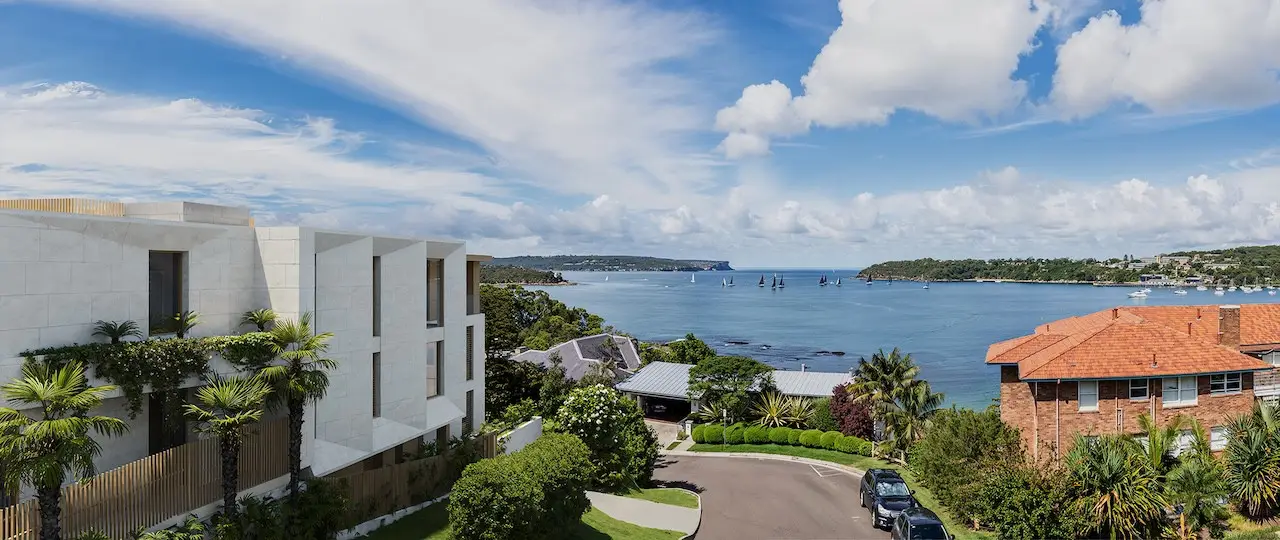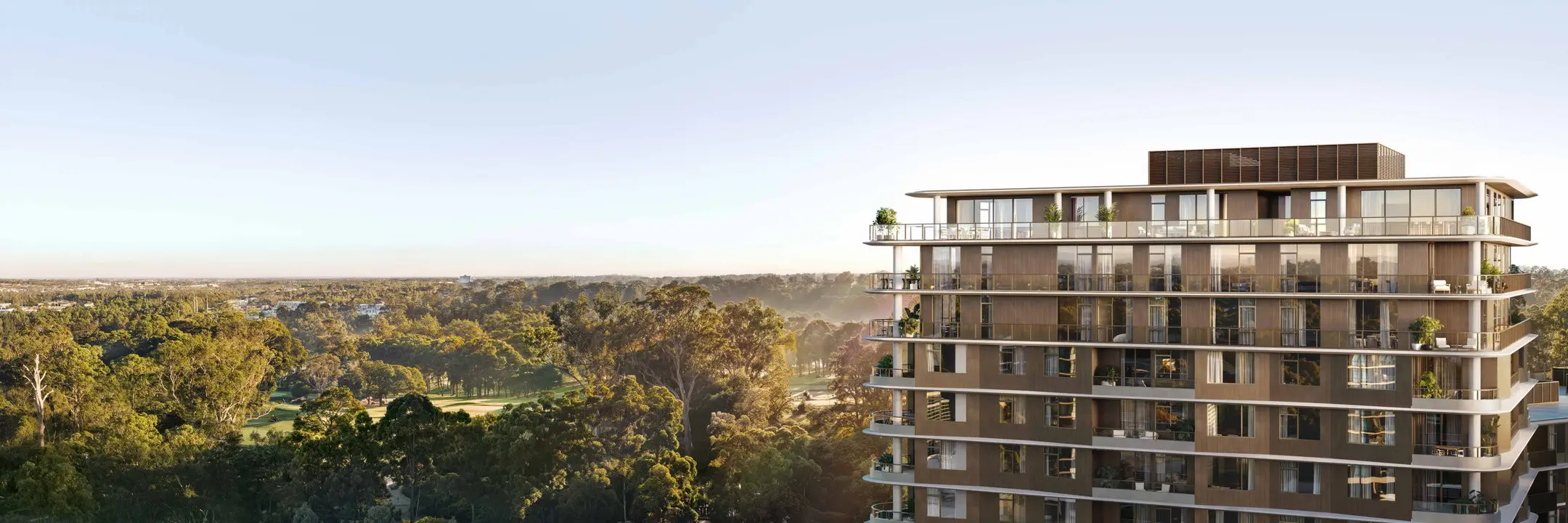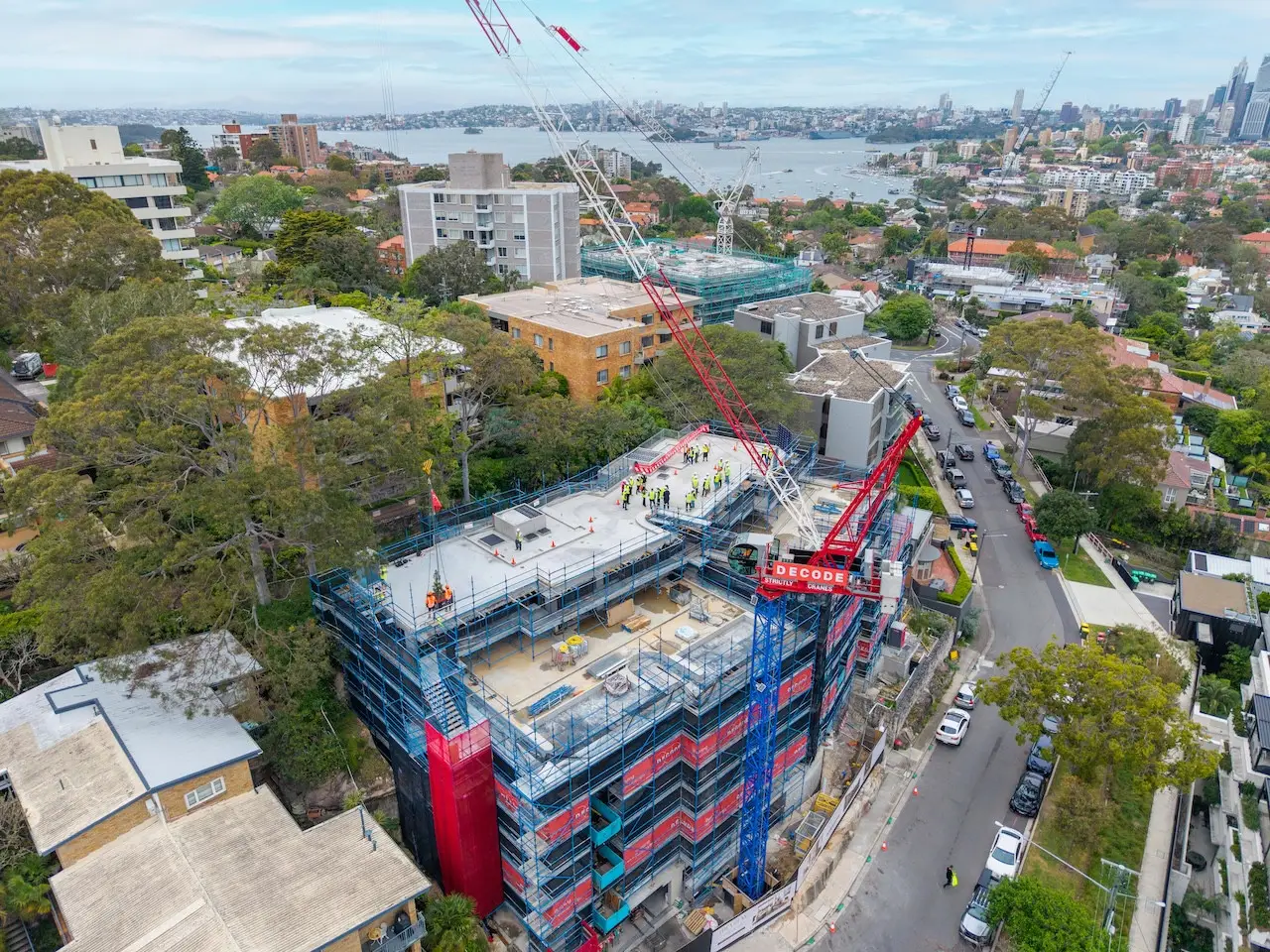
Treasurer Jim Chalmers has unveiled the 2025 federal budget, introducing key housing initiatives aimed at improving housing affordability for property buyers and renters across Australia.
A recent Finder survey revealed that 75% of Australians consider the cost of living, including housing affordability, a major factor in their voting decisions for the upcoming federal election. This underscores the importance of the budget's housing measures, particularly for first-home buyers, renters, and those facing rising living costs.
Treasurer Jim Chalmers stated the budget is "a plan with cost of living with two new tax cuts and higher wages, more bulk-billing and help with medical bills, cheaper medicine and less student debt," and "a plan to build Australia's future with more homes, more investments in skills and education, competition reforms and a future made in Australia."
He added, "Speaker our economy is turning the corner. Inflation is down, incomes are rising, unemployment is low, interest rates are coming down, debt is down and growth is picking up momentum."
Graham Cooke, Head of Consumer Research at Finder said: "While the federal budget alone won't be a cure-all for rising living costs, any measures that ease household expenses will be welcome reprieve."
"With grocery bills, rent, and energy prices soaring, the upcoming election will be won and lost on hip-pocket issues."
Key Housing Initiatives:
An additional $800 million has been allocated to expand the Help to Buy shared equity scheme.
This includes increased income limits and higher property price caps, allowing more Australians to enter the property market.
Eligible buyers of new homes may receive government contributions of up to 40% of the purchase price. The $6.3 billion policy aims to help about 40,000 Australians enter the housing market, with over 5 million properties now falling under the new price caps.
For example, Brisbane's cap will rise from $700,000 to $1 million, Melbourne's from $850,000 to $950,000, and Sydney's from $950,000 to $1.3 million.
Chalmers said: "The changes will mean they can access a bigger range of homes and buy one that suits them."
The Help to Buy scheme will open for applications in late 2025.
Renters will benefit from a 10% increase in the maximum rates of Commonwealth Rent Assistance, aiming to ease rental affordability pressures for low-income households.
The government has committed $21 billion to increase housing supply, including 1.2 million new homes over five years and 55,000 social and affordable properties.
$49.3 million is earmarked for states and territories to boost prefabricated and modular home construction, with an additional $4.7 million dedicated to streamlining building approvals.
Tom Hywood, General Manager of Apartments and Developments, welcomed the budget's focus on housing, stating;
"Tonight's federal budget is a signal that the current Government is becoming more serious about tackling Australia's housing crisis."
Included in the budget is a ban by foreign buyers from purchasing existing dwellings for two years, starting April 1, 2025. The budget also allocates $8.9 million to prevent land banking by foreign investors.
Chalmers said of the plan: "We're easing pressure on the housing market by banning foreign investors from buying established homes, and cracking down on foreign land banking as well."
The 2025 Budget introduces a significant initiative to address construction sector workforce shortages through the new Housing Construction Apprenticeship stream.
As part of the broader Key Apprenticeship Program, this measure will give eligible apprentices in housing construction trades up to $10,000 in financial incentives throughout their apprenticeships.
Starting July 1, 2025, this program aims to encourage more people to enter building trades while helping apprentices with their living costs.
Nerida Conisbee, Ray White Group Chief Economist said of the budget:"While the new Housing Construction Apprenticeship stream is a welcome step toward addressing workforce shortages, the budget still failed to deliver on other essential support for the construction sector such as targeted tax incentives or expanded skilled migration pathways for construction professionals."
$54 million will be spent on modernising home manufacturing and another $9.3 billion will be spent on combatting homelessness, and $6.2 million on research and advocacy on homelessness issues.
For more property news, click here.


